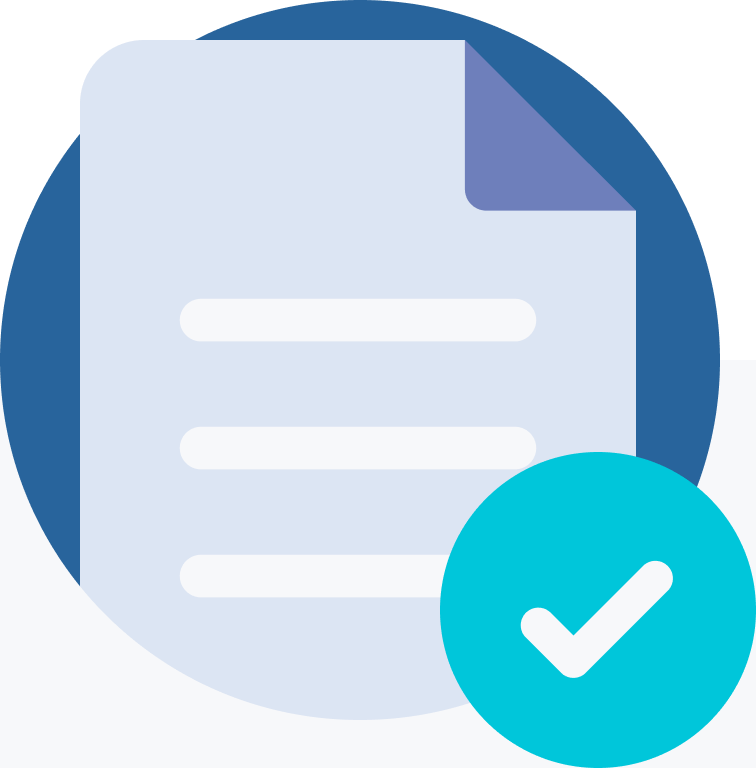5 Techniques to Improve Your Typing Flow and Rhythm
Prague Morning
Typing isn’t just about hitting keys as fast as you can; it is also about how smoothly and rhythmically you can type without losing your speed and accuracy. The benefit of having a consistent typing flow and rhythm is that it improves both your speed and accuracy, reduces hand fatigue, and makes long typing sessions less exhausting.
Improving your typing flow and rhythm requires you to learn to type with consistent and effortless motions. If you are looking to take your typing game to the next level and improve your typing flow and rhythm, then here are some practical tips for you.
1. Master Proper Hand Positioning
No matter whom you ask, everyone will tell you that improving your typing skills starts with mastering proper hand positioning. To improve your typing rhythm, you need to master proper hand placement, as it can reduce unnecessary finger travel, help prevent wrist strain and repetitive stress injuries, and promote smoother and faster keystrokes. Poor hand positioning, on the other hand, leads to awkward finger movements, increased errors, and inconsistent flow.
Proper hand positioning involves placing your fingers on the home row keys: left-hand fingers on A, S, D, F, and right-hand on J, K, L,;, and thumbs gently resting on the spacebar. Your wrist should be slightly elevated and not resting on the keyboard, your elbows should bend at roughly 90 degrees, and your shoulders should stay relaxed.
2. Practice With Repetition-Based Drills
To build rhythm and improve your typing flow, you need to be consistent because it is the key to improving your typing skills. Just like a pianist practices consistently to improve their piano playing skills, a typist can benefit from consistent practice that can reinforce and build muscle memory. Repetitive drills are particularly useful in building muscle, as they involve repeatedly typing specific letter combinations, common words, or whole sentences.
The benefit of repetition-based drills is that these make you familiar with common key patterns, reinforce and improve muscle memory, and enhance typing fluidity while typing.
3. Type With Rhythm, Not Just Speed
When it comes to typing skills, typing with rhythm is usually overlooked; instead, raw speed is prioritized over typing rhythm. While having a fast typing speed is a good thing, pressing keys at a steady pace can improve your accuracy and build a better mind-muscle connection between your brain and fingers. Plus, it will prevent inconsistent finger pressure and make it easier for you to settle into a natural flow whilst typing.
To develop rhythm while typing, you can try typing in sync with calm instrumental music or using a metronome app to establish a beat. Maintaining a proper tempo rather than typing fast will help you become more comfortable, and your typing rhythm will start to improve, and eventually your typing speed will.
4. Avoid Looking at the Keyboard
One of the biggest disruptors of typing flow is constantly looking at the keyboard while typing. This is one of the worst habits that you can have as a typist because it shifts your focus from the screen to the keys, interrupting rhythm and adding extra cognitive load. To break the habit of looking at the keyboard, learn touch typing, use keyboard covers to hide keys, and practice blind typing drills on platforms like TypingTest.co to reduce keyboard dependency, build muscle memory, and improve both rhythm and speed in the long term.
5. Minimize Distractions and Fatigue
Typing rhythm isn’t just about your fingers or screen; it is also about your environment and mental state. If you are in a peaceful environment and a calm state of mind, then you can type in a flow without interruption. Whereas, if you are physically or mentally fatigued or getting distracted, then your focus can break, and your flow and rhythm also break.
To maintain a typing-friendly, distraction-free environment, find a quiet and comfortable space for working, use noise-cancelling headphones to block excess noise, and stay hydrated and take vision breaks to keep your mind sharp and body relaxed.
-
NEWSLETTER
Subscribe for our daily news









